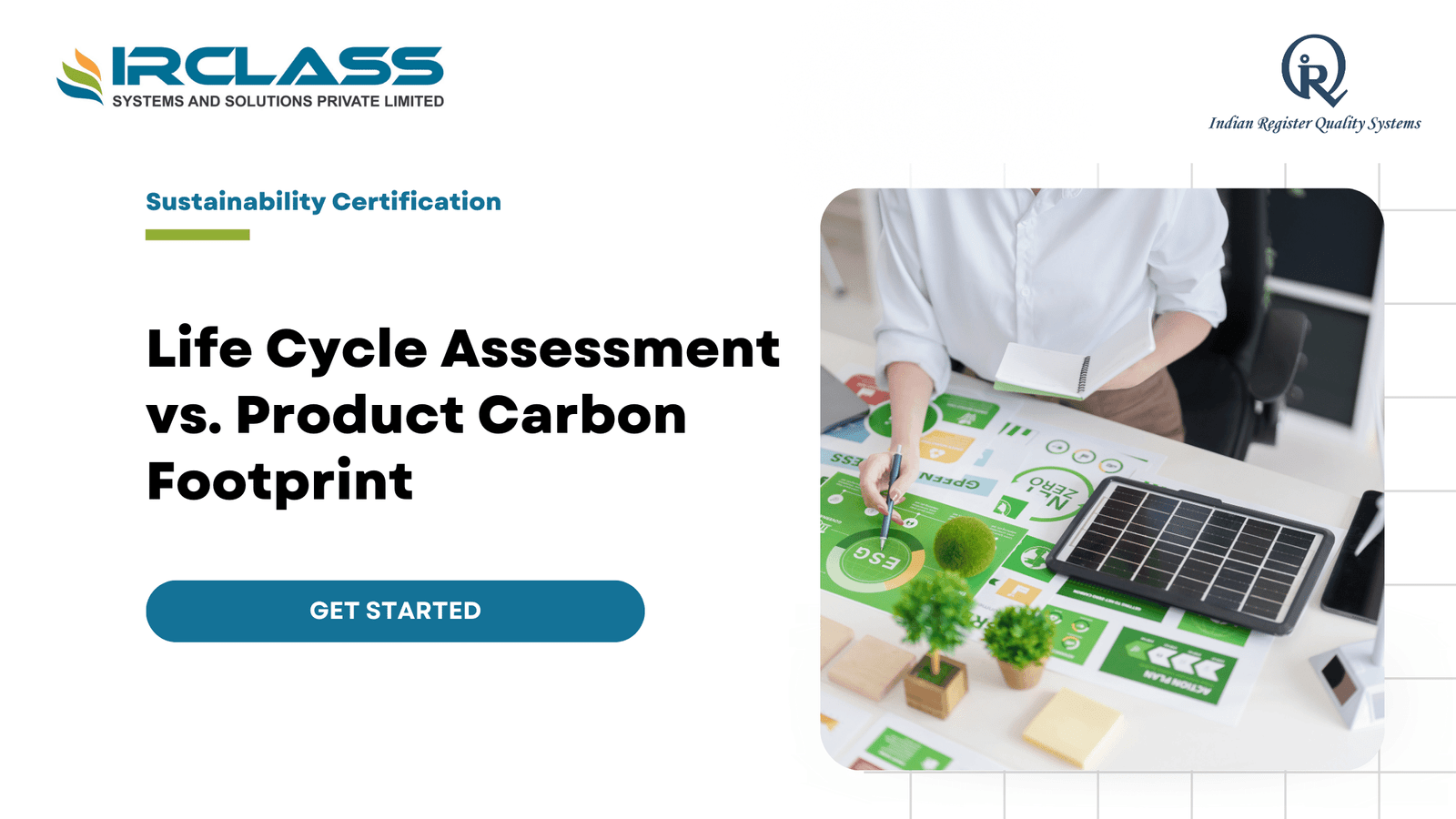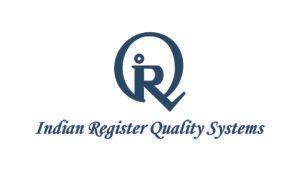Tag: responsible steel certification tata steel
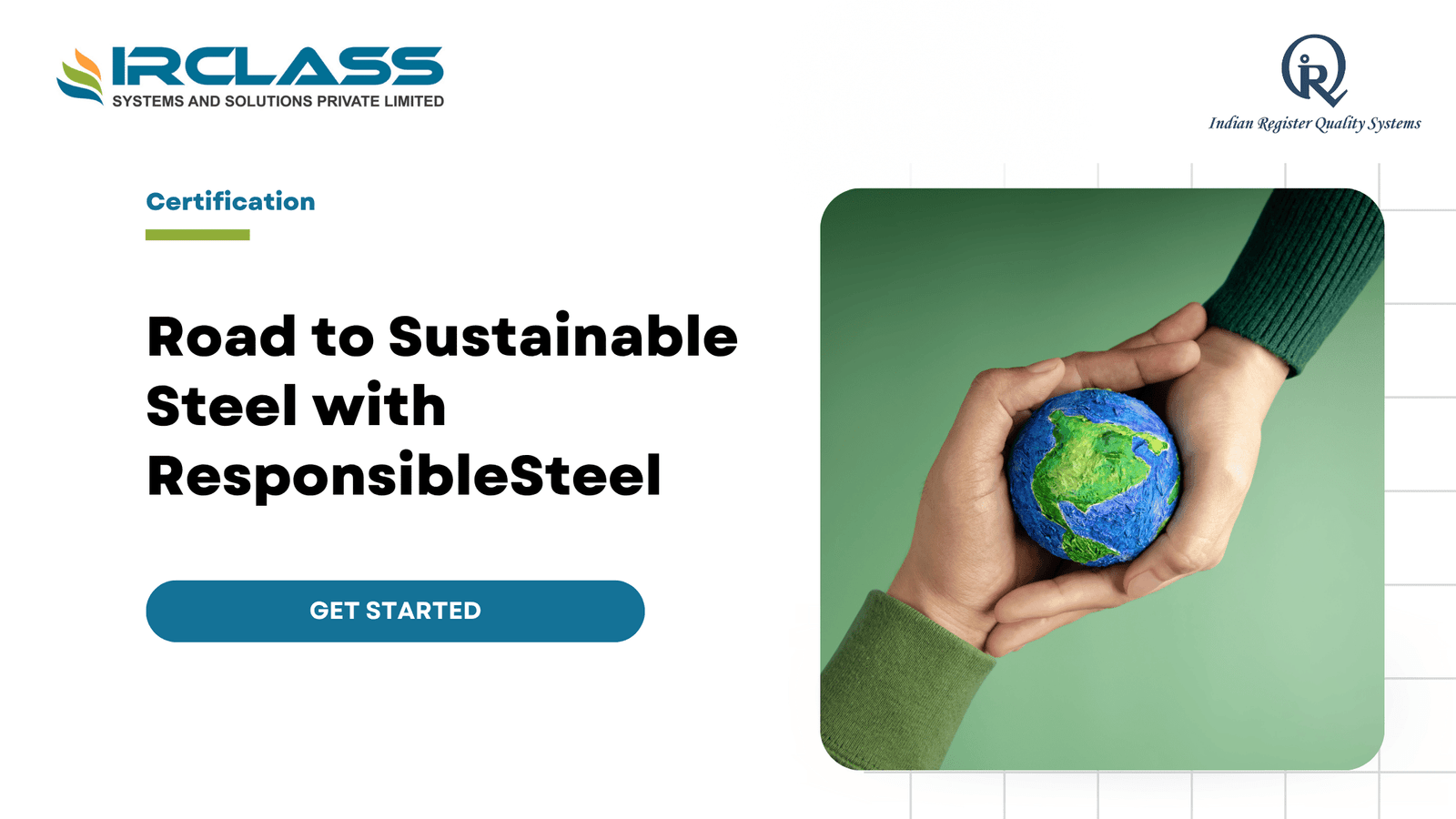
What is ResponsibleSteel? A Comprehensive Guide to Sustainable Steel Certification
Steel is the backbone of modern civilization. From towering skyscrapers and high-speed railways to clean energy technologies, steel enables progress. But this progress comes at a cost. The steel industry is one of the largest industrial emitters of carbon dioxide, accounting for nearly 10% of global energy-related greenhouse gas emissions. This figure alone positions steel as both a challenge and an opportunity in the global sustainability movement. This is where ResponsibleSteel comes in. It is a global initiative rewriting the rules of steelmaking by blending industrial progress with environmental and social responsibility. But what is ResponsibleSteel? Why does it matter? And how can companies become part of this movement? Let’s explore the answers in this complete guide. The Need for a Sustainable Steel Standard There used to be no accepted international standard for sustainability in the steel industry. The majority of regulations addressed emissions, energy efficiency, or safety one at a time. Still, sustainability has many different aspects. It focuses on climate change, human rights, conserving resources, transparency, governance, and other topics. Since there was no single, tough certification program, ResponsibleSteel was created to bridge that gap. What is ResponsibleSteel? ResponsibleSteel is the first worldwide multi-stakeholder program focused exclusively on the steel industry. It helps ensure that steel is sourced and produced in a responsible way throughout the process. The organization, which is non-profit, connects producers, civil society groups, sustainability experts, and customers to change the steel industry from the inside. Basically, ResponsibleSteel is a certifier and creator of standards, but its influence extends well past simple checklists. It explains how ethical and sustainable steel production should be carried out in a world with carbon constraints. The International Production Standard To be certified, steelmakers must adhere to the International Production Standard created by ResponsibleSteel. This standard took seven years of consultation and development, involving many stakeholders around the world. The standard consists of 13 principles that address many aspects of environmental, social, and governance (ESG) issues. These include: As a result, ResponsibleSteel-certified sites focus on being responsible, clear, and sustainable. What You Need to Know About Certification The process toward certification is both orderly and adaptable, allowing many types of operations to be involved without compromising standards. To start, the facility evaluates itself in relation to the 13 principles. After that, an accredited certification body performs a Stage 1 audit. This means reviewing documents, analyzing risks, and detecting any missing areas. The second audit, Stage 2, is more thorough. It covers visiting the site, interviewing employees, meeting with stakeholders, and checking the company’s policies and outcomes. If the audit passes, the report goes to ResponsibleSteel’s Assurance Panel for a final decision on certification. Following certification, a facility is reviewed by an audit after 18 months and must be recertified every three years. This ensures the company stays compliant and improves over time. The Progress Levels: A Road to Exceptional Results ResponsibleSteel stands out because it looks at progress, not just certification. The initiative sets out four levels of progress linked to key sustainability aims such as reducing carbon emissions and using responsible materials. As a result, certified sites are able to highlight improvements that go above the basic requirements. With certification in both areas, the site’s products are eligible to be called Certified Steel, which enhances its marketing. As the world’s expectations change, the Progress Levels change too, helping companies to keep improving. What Makes ResponsibleSteel Certification Important More people around the world are looking for ethical and environmentally friendly materials. Green buildings, sustainable infrastructure, and ESG investing are now accepted by the mainstream. The ResponsibleSteel certification allows steelmakers to follow international trends and answer calls for accountability. Let’s take a look at some immediate advantages of certification: These benefits are having real effects on procurement, investment, and how people shop. How the Industry Affects Others As more companies gain ResponsibleSteel certification, everyone in the steel value chain is held more accountable. As a result, changes are made in each factory as well as among suppliers, contractors, customers, and regulators. It’s no longer enough for a single company to be responsible—it’s important to build an entire network of responsibility. Certified producers now have an advantage in public infrastructure contracts because governments and procurement agencies are choosing ResponsibleSteel products. The Tasks of Certification Bodies ResponsibleSteel relies on strong partners to make its vision a reality. An independent third party called a certification body conducts audits, verifies that rules are being followed, and maintains the integrity of the certification. They are important for assessment as well as for guiding and helping organizations obtain certification. They do more than audit; they help steel producers follow international standards and put sustainability into practice. The right certification body can help ensure your certification process is smooth and effective. ResponsibleSteel and the Challenges of Decarbonization Let’s focus on climate for a moment. Making steel uses a lot of energy. Extracting iron ore, smelting it, and refining it all produce carbon emissions. Even so, solar panels, wind turbines, and electric vehicles all require steel. This situation means that low-carbon steel is now an important requirement, not merely a possibility. ResponsibleSteel deals with climate challenges by applying tough criteria and tracking emissions at every stage of production. It encourages companies to use science-based goals, cleaner solutions, and new ways in the circular economy. Through ResponsibleSteel, companies show they are proactive about climate concerns. A Certification for the Next Generation ResponsibleSteel is more than a certification; it’s a movement. It’s focused on helping one of the world’s most vital industries understand how its role affects the planet. It sees that both growth and responsibility need to be part of the same process. Because steel is still the top choice for building, the way it is made will be very important. Leaders will be distinguished from laggards by the answer. How Is ResponsibleSteel Certification Different? Unlike general environmental or safety certifications, ResponsibleSteel is the only global standard made specifically for the steel industry. It goes beyond focusing on just
Responsible Steel Certification: A Badge of Honor for Eco-Conscious Businesses
The impacts of carbonization are dynamic and adverse in more ways than one. An effective decarbonization of the steel industry can resolve various requirements and concerns. The aim is to increase awareness and ensure net zero emissions by 2050. There are rules, norms, guidelines, and critical definitions related to low-emissions steel. It is also called green steel. ResponsibleSteel was launched on 14 September 2022, by the International Standard V2.0. It was made to increase reliability, boost quality consistency help the organizations meet the sustainable practices. All these promote the production rate and maximize the beneficial practices for a sustainable society. A brief intro to ResponsibleSteel certification Responsible Steel Certification is a voluntary certification program. It is specially designed for the steel industry and helps promote and assess social and environmental practices. The sustainable practices defining the performance of steel production make the difference. It depends on a set of 12 principles with essential topics like – climate change, natural resources, water management, human rights, labor management, governance, transparency, etc. It is integral to achieve certification and one needs a systematic approach to meet the needs. The new-age steel sites must undergo third-party audits and make better certification decisions with the help of the reports generated by independent certification bodies. The certification process promotes stakeholder engagement, site inspections, transparent audit findings, and much more. ResponsibleSteel certification facilitates the operations of the best steel companies, exhibiting their commitment to the ideal practices for sustainability. Get a chance to enhance the business reputation and brand value, reducing the risk and cost level to the next level. Objectives and fundamental principles Responsible Steel is a world-famous standard and certification program created by the organization “ResponsibleSteel”. The global standard was published on November 5, 2019, aiming to certify steel producers acting sustainably. The standard contains 12 principles, covering topics of social norms and governance with an enhanced focus on environmental protection techniques. The principles are – Certification to ResponsibleSteel allows producers to meet the sustainability needs of their customers, promote steel as a responsible material, and reduce GHG emissions. Getting certified – In a nutshell The Responsible Steel website requires an extensive procedure to get certified. With the flexible services, companies can get certified by ResponsibleSteel by adhering to the best steps. – Significant benefits – The need to get certified Things to focus on – Overcome with professional assistance Summing note The ResponsibleSteel certification program necessitates a detailed review and assessment of regulatory norms, policies, etc. The challenges are dynamic but the professionals can guide the business optimally. Make a wise choice with the experts and facilitate the audit steps.
Search
Useful Links
Recent Posts
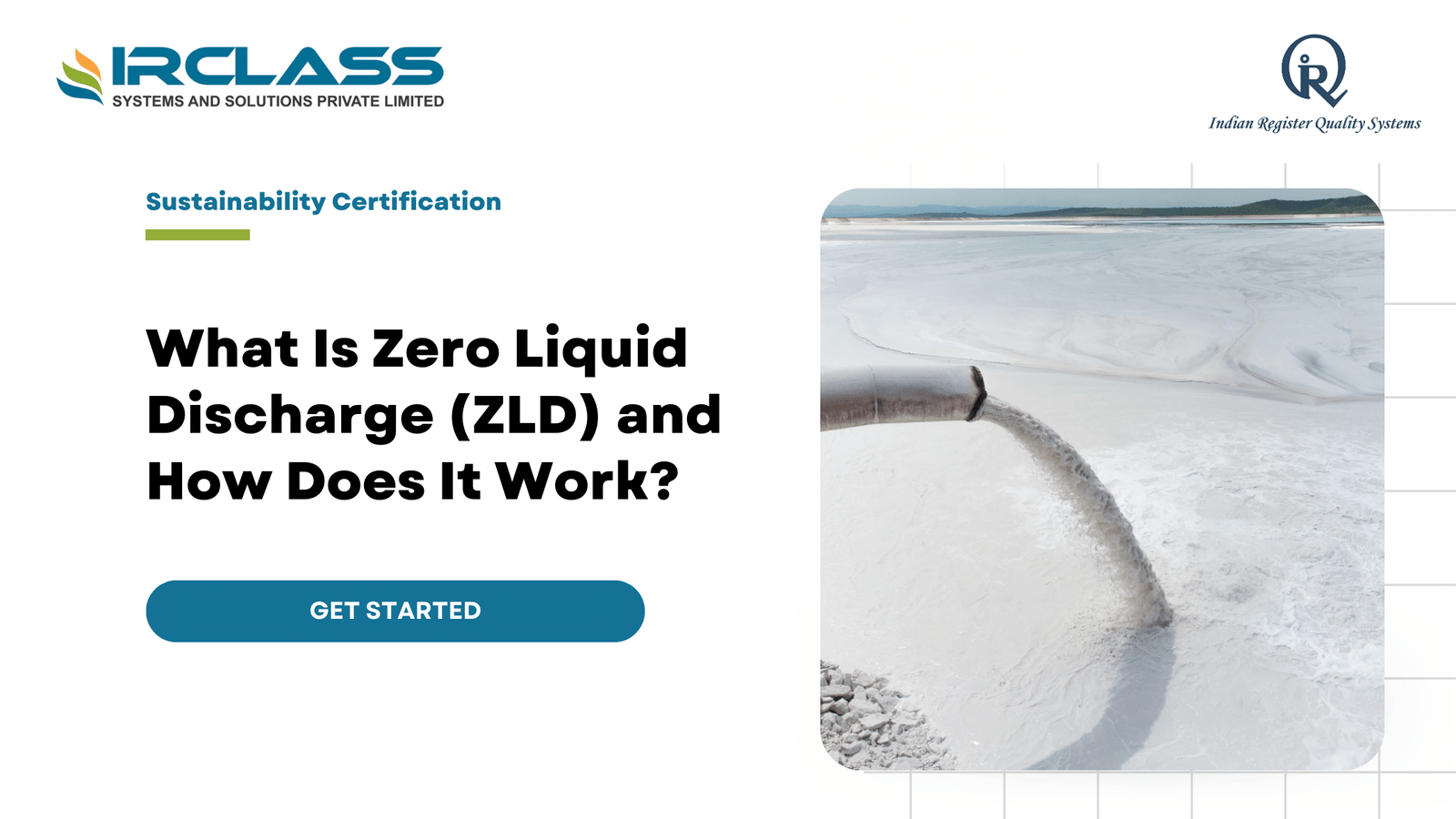
What Is Zero Liquid Discharge (ZLD) and How Does It Work?
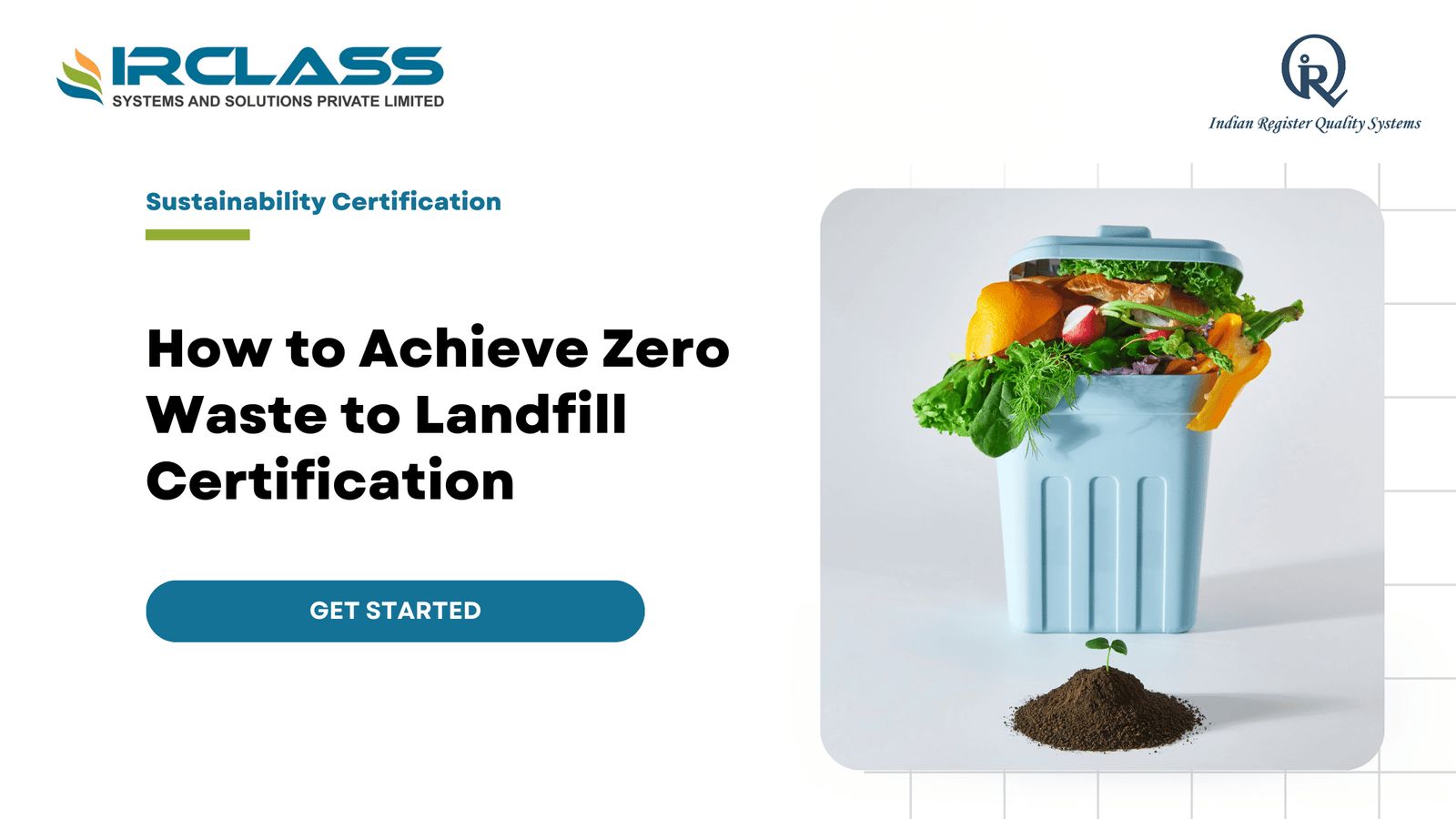
How to Achieve Zero Waste to Landfill Certification: Step-by-Step Guide
